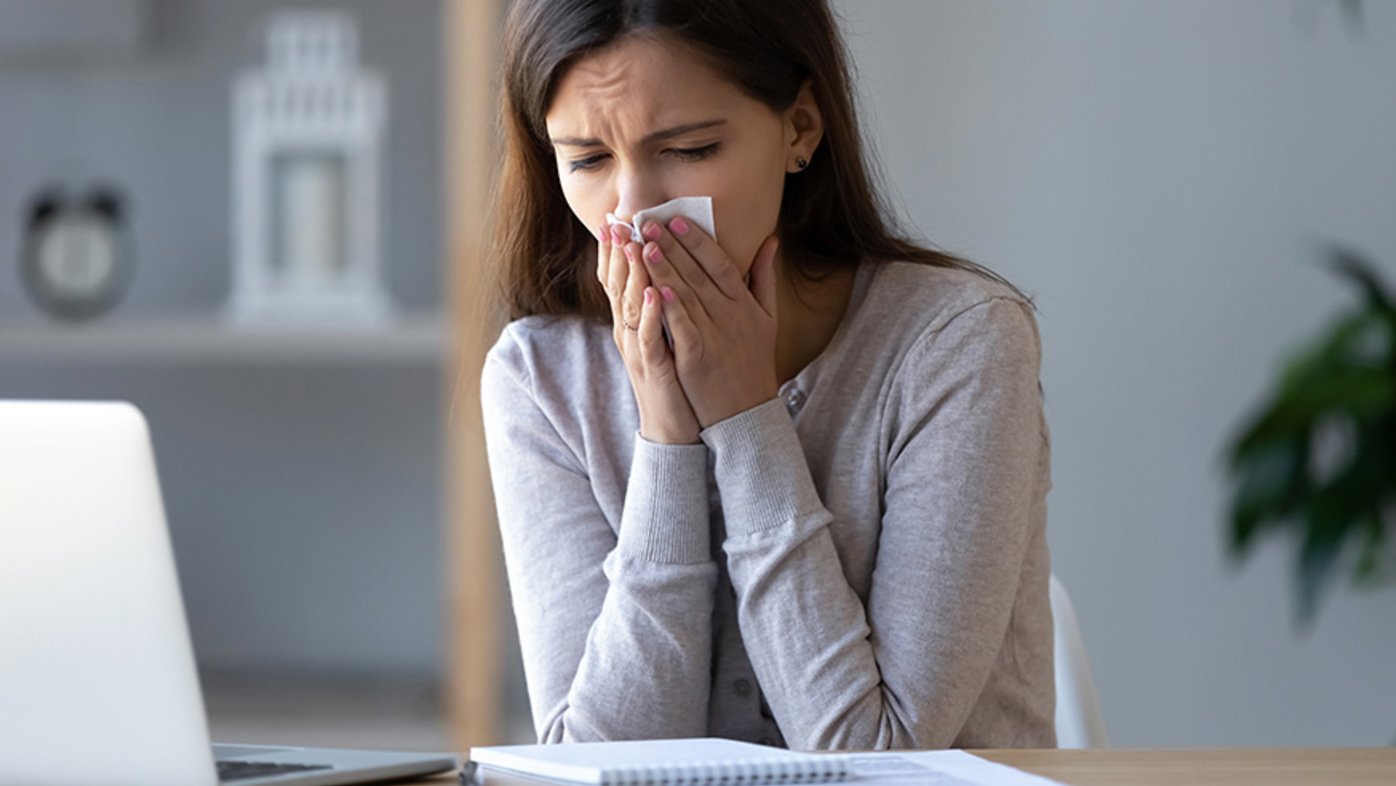
Relief for chronic sinusitis
An ENT doctor answers questions about common treatments for chronic sinusitis.
Heavy menstrual bleeding, pain in the abdomen or lower back, and frequent urination are just some of the symptoms that plague those with uterine fibroids, noncancerous growths in the uterus.
A common yet under discussed health issue, fibroids occur in 70% to 80% of people with a uterus by age 50. While many with uterine fibroids experience no noticeable symptoms, others report that their fibroids have a serious impact on their quality of life.
Those with symptomatic fibroids are often treated with surgery, typically a hysterectomy, which is the removal of the uterus, or a myomectomy, a procedure that removes fibroids. But thanks to new and innovative medical technology, another treatment option is now available.
Sharp at forefront of innovative treatment
Sharp HealthCare is the first medical provider in San Diego to offer the Acessa procedure, also known as laparoscopic radiofrequency ablation. It is a clinically proven treatment that uses radiofrequency ablation — heat — to shrink fibroids.
Drs. Danny Younes, Jack Hsiao, and Jose De La Mota, who are OBGYNs with Sharp Rees-Stealy Medical Group and affiliated with Sharp Memorial Hospital and Sharp Mary Birch Hospital for Women & Newborns, are the first and only surgeons to perform the procedure in San Diego.
“We are thrilled to be able to provide this uterine-sparing treatment option to the community,” Dr. Younes says. “Compared to more invasive surgeries to treat fibroids, I believe this procedure is quicker and involves less bleeding, less recovery time and is less painful.”
How the procedure works
The Acessa procedure is minimally invasive and performed under general anesthesia by specially trained doctors in an outpatient setting. A tiny camera and ultrasound probe are inserted into two small abdominal incisions to precisely locate each fibroid.
Controlled heat is then deployed through the Acessa handpiece directly into the fibroid to destroy the tissue. The surrounding normal uterine tissue is not damaged or otherwise affected.
After the fibroid is treated, the consistency of the fibroid tissue changes. The image of a hard baseball turned into a soft marshmallow offers an accurate analogy of the result.
By delivering radio frequencies, surgeons can effectively heat up and change the structure of the proteins in the fibroids. “The dead fibroid tissue shrinks and shrivels, then gets gradually absorbed by the body, just like any other dead tissue cells,” Dr. Younes explains.
What patients can expect post-Acessa procedure
The procedure typically takes between 90 to 120 minutes depending on the size, location and number of fibroids. Most patients go home the same day and return to their normal activities in three to five days.
While there is some variability in response to treatment, Dr. Younes says patients can expect improvement in their symptoms as the fibroid continues to shrink over time.
“I have had some patients report almost immediate relief of pain,” he says. “For others, it can take a few weeks to a few months.”
Sharp is the only health care provider in San Diego currently offering the procedure. But Dr. Younes hopes it becomes more readily available.
“I’m glad we are able to provide this treatment option and I anticipate it is only a matter of time before other surgeons offer this,” he says. “People do not have to be held hostage by their fibroid symptoms.”
If considering treatment for uterine fibroids, Dr. Younes suggests talking with your doctor. Together, you can determine if radiofrequency ablation is a good option for you.

The Sharp Health News Team are content authors who write and produce stories about Sharp HealthCare and its hospitals, clinics, medical groups and health plan.
Our weekly email brings you the latest health tips, recipes and stories.